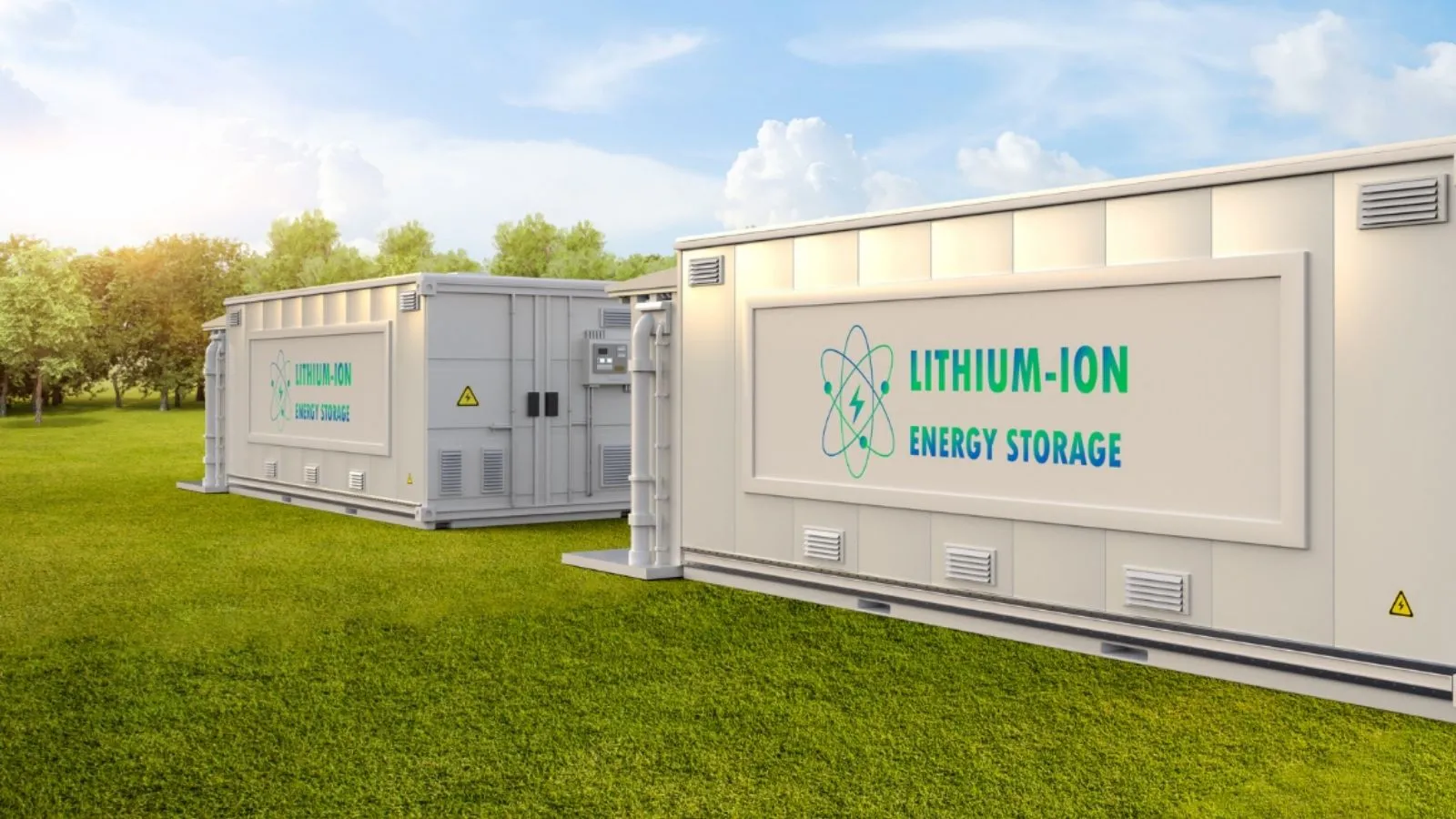
According to Spain's Energy Storage Strategy, energy storage capacity needs to grow from 8.3 GW in 2021 to 20 GW by 2030. This significant increase will help achieve the renewable integration targets set out in the National Integrated Energy and Climate Plan (NIECP) and the Long Term Decarbonisation Strategy.
Storage solutions can significantly contribute to facilitating the integration of renewable energies, providing services to the electricity system and responding to different types of events and necessities: from power-demanding services that require a very fast (almost instantaneous) response for seconds or minutes, to services with longer response times.
This ability to provide multiple services improves the economic viability of storage systems. However, meeting this wide variety of needs with a single storage technology, e.g. lithium-ion, means either oversizing the storage system or the premature degradation of the storage system.
This is where the use of hybrid storage, capable of taking advantage of the synergies of combining different storage technologies, plays a key role at overcoming these limitations and being able to meet the needs of the electricity system in an optimised way. For example, the hybridisation of technologies such as lithium-ion and ultracapacitors (capable of providing fast power response) is a promising solution.
Taking this points into consideration, Redeia, Red Eléctrica and Elewit, in collaboration with Hesstec, CEN Solutions, S2 Grupo and CERE, joined to create the ViSynC project, a hybrid storage solution of lithium-ion and ultracapacitor technologies optimised and capable of providing multiple services to the system.
What is its objective?
The ViSynC project aims to develop and validate a hybrid storage system combining lithium-ion batteries and ultracapacitors, managed by a specific control system that allows it to operate in synchronous grid-forming mode at full scale.
Synchronous grid-forming is a promising type of control for power electronics converters. It allows storage systems, which incorporate power electronics for connection to the grid, to establish the grid frequency reference and provide those services that synchronous generators can provide, but not current generators based on conventional power electronics or grid-following (such as, for example, inertia or short-circuit current). In addition, these services to be provided by grid-forming control are often power demanding and quick to respond.
How will it work?
The new storage system will be connected to the high voltage transmission grid in the Lanzarote-Fuerteventura electricity system, specifically at the Mácher 66 kV substation, and will operate as an integrated grid asset, providing a wide range of services to guarantee the safe operation of the electricity system and the integration of renewable energies.
The ViSynC project has a 7.9 million euro budget, of which it will receive a direct subsidy of 3 million euros from the first call for aid for innovative energy storage R&D projects within the framework of the Recovery, Transformation and Resilience Plan belonging to the PERTE ERHA, which is managed by IDAE.
The ViSynC project is funded by:
